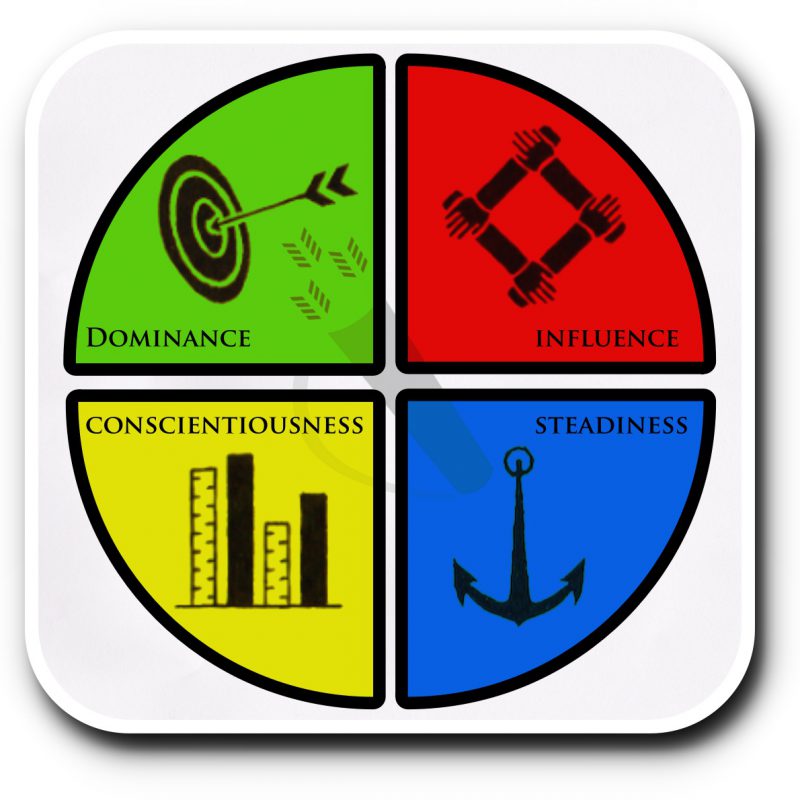Have you wondered why connecting with some people is easier for you than connecting with others?
Maybe you’ve noticed that you relate better to colleagues who focus more on accomplishing exciting goals or maybe you’re more comfortable working with those who are calm and cautious than those who take an energetic, bold approach.
Managing your relationship with your team, your peers, your boss and your clients, and communicating effectively with each, is a challenge facing every executive throughout their career.
Understand yourself
Self-awareness is the first step towards managing and influencing relationships effectively. This is where feedback from others and tools such as psychometric and personality profiling tools are useful. Used appropriately they can improve your knowledge of yourself including your working style, what motivates you, what stresses you, your strengths and your weaknesses etc. They can identify your preferred styles for communication, learning, management, being managed, and team-working.
The grouping of preferences and behaviours, usually called traits or typologies, provides a common language that we can use to discuss what behaviours we share with others and how we respond differently in some situations.
Understand others
The old adage of “Treat others, as you would like to be treated” should really read “Treat others, as they would like to be treated”.
Strong communicators and relationship builders understand their own preferences well and are good at adapting their style and approach according to the people they interact with and the situation they are in.
If you have a preference for details and accuracy, but the person you are delivering a proposal to prefers to hear about the big picture, then a 50-page proposal with detailed spreadsheets is not going to motivate the person to review your proposal, let alone approve it.
Reading others and adapting your style
If you have the results from another person’s personality profile test, you will have great insight that you can use actively to enhance your communication. In many cases, however, you will not have the luxury of a report. If so, then you will need to build a picture of the other person’s style and preferences through listening and being observant.
The DiSC model is one of these personality profiling tools, and can be used as a simple but effective framework to read others and give you clues to how you can adapt your style to suit their preferences.
The DiSC model has four styles:
 Dominance:
Dominance:
This person places emphasis on accomplishing results, the bottom line and confidence. Their trait behaviours include being direct, results-orientated, firm, strong-willed and forceful. They see the big picture, accept challenges and like to get straight to the point. They can become impatient and demanding when under pressure.
 Influence
Influence
This person places emphasis on influencing or persuading others, openness and relationships. Their trait behaviours include being outgoing, enthusiastic, optimistic, high-spirited and lively. They like to collaborate and dislike being ignored. Others may sometime see them as being impulsive and disorganised.
 Steadiness
Steadiness
This person places emphasis on cooperation, sincerity and dependability. Their trait behaviours include being even-tempered, accommodating, patient, humble and tactful. They are supportive of others and don’t like to be rushed. They fear letting people down. They sometimes give-in early or stay quiet to avoid conflict.
 Conscientiousness
Conscientiousness
This person places emphasis on quality and accuracy, expertise and competency. Their trait behaviours include being analytical, reserved, precise, private and systematic. They enjoy independence and details, and fear being wrong. To others they can come across as critical and traditional.
Firstly: Consider which of these styles best describes you – for better and worse? You may find that you have elements of more than one of these (we are complex beings after all), but typically one set will be more prevalent. Ask for feedback from colleagues or take an official test.
Secondly: Consider what you know about your client, boss or co-worker. Listen and observe to gather clues to their preferences.
Thirdly: Consider how you can adapt your approach and style to appeal more to their preferences. The changes don’t need to be big to make a significant difference in the impact and influence you will have.
Back to News & Blogs Overview

